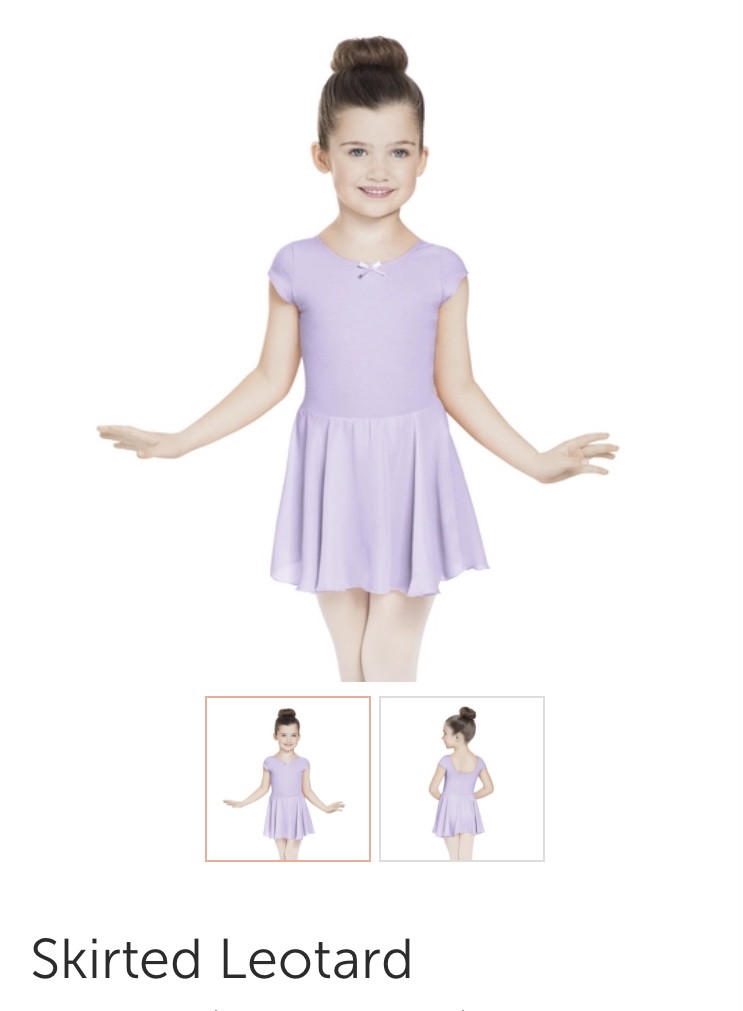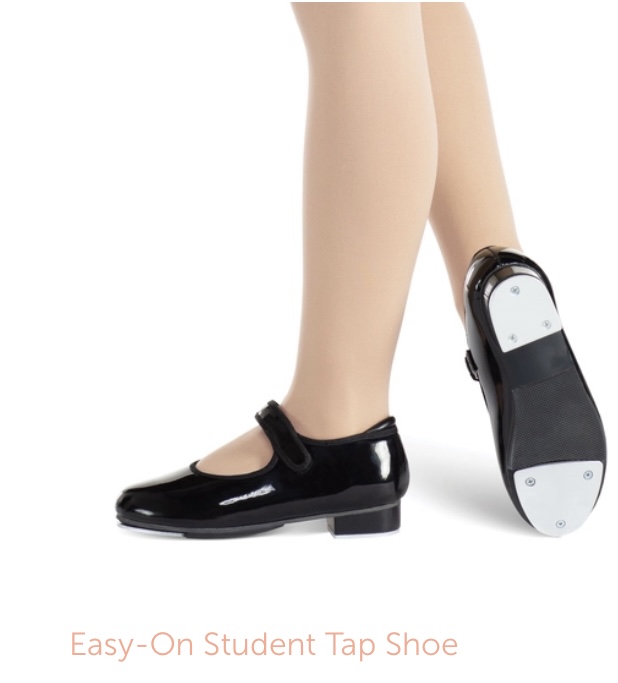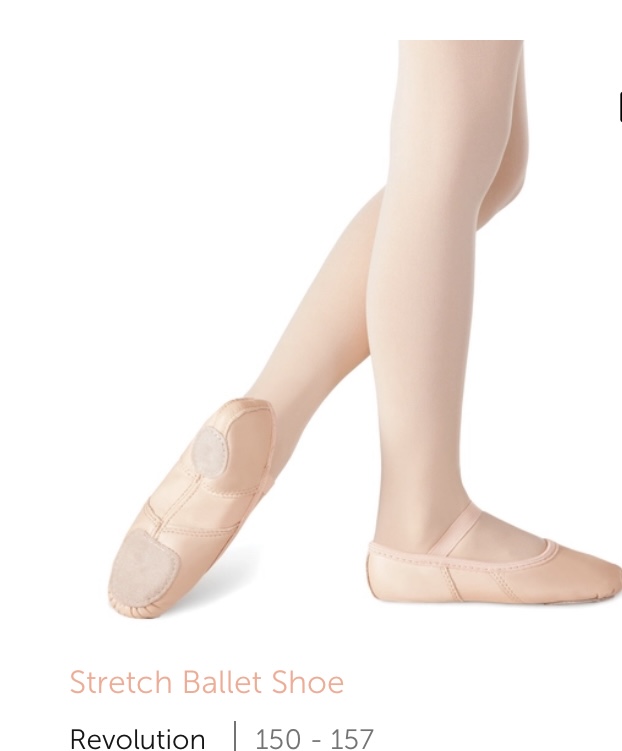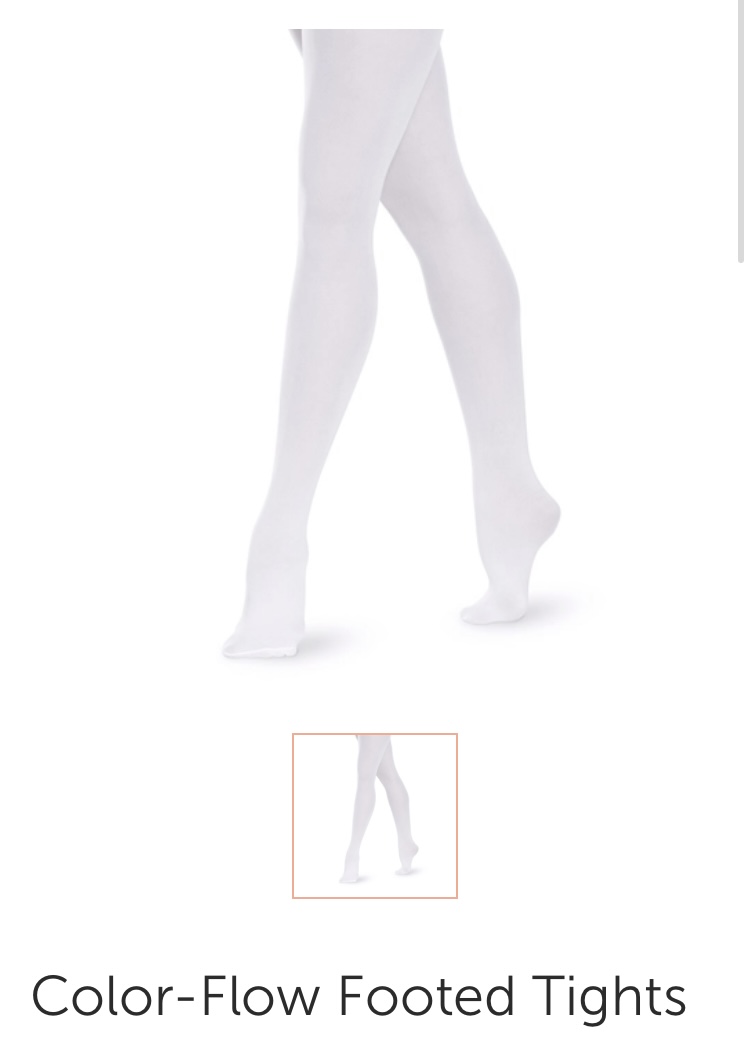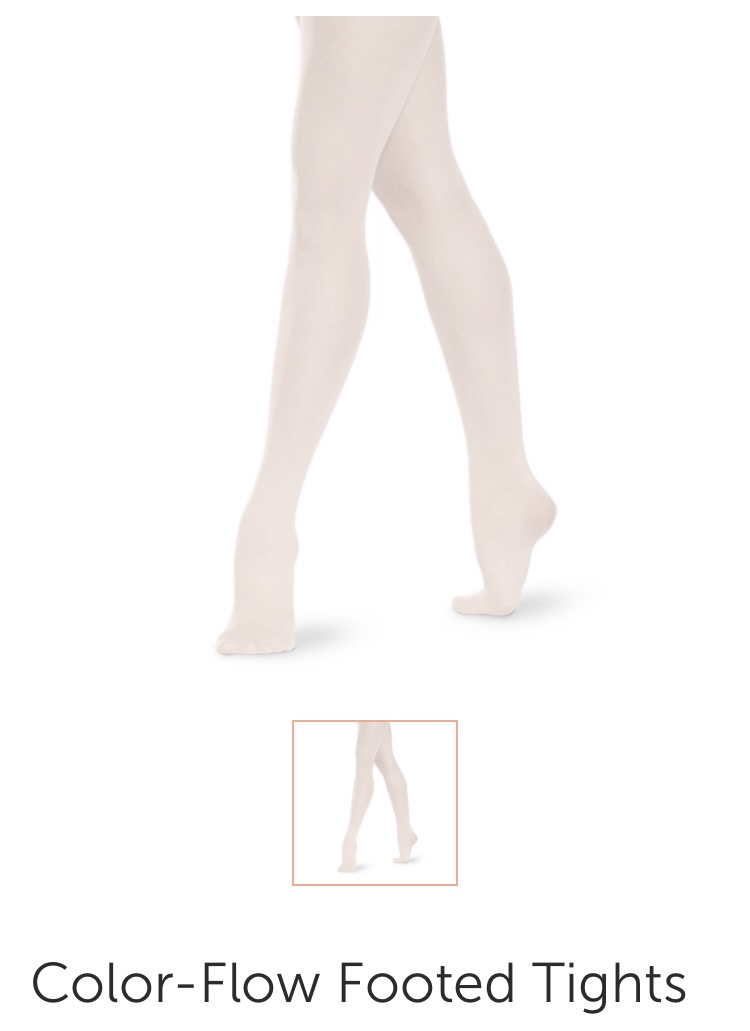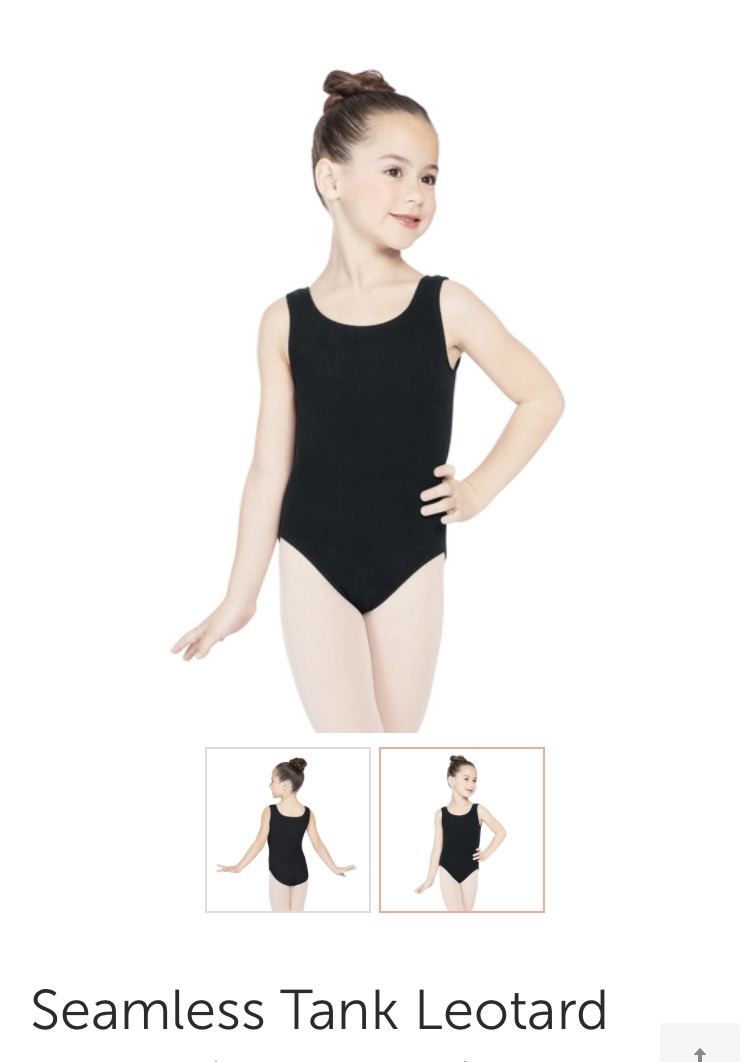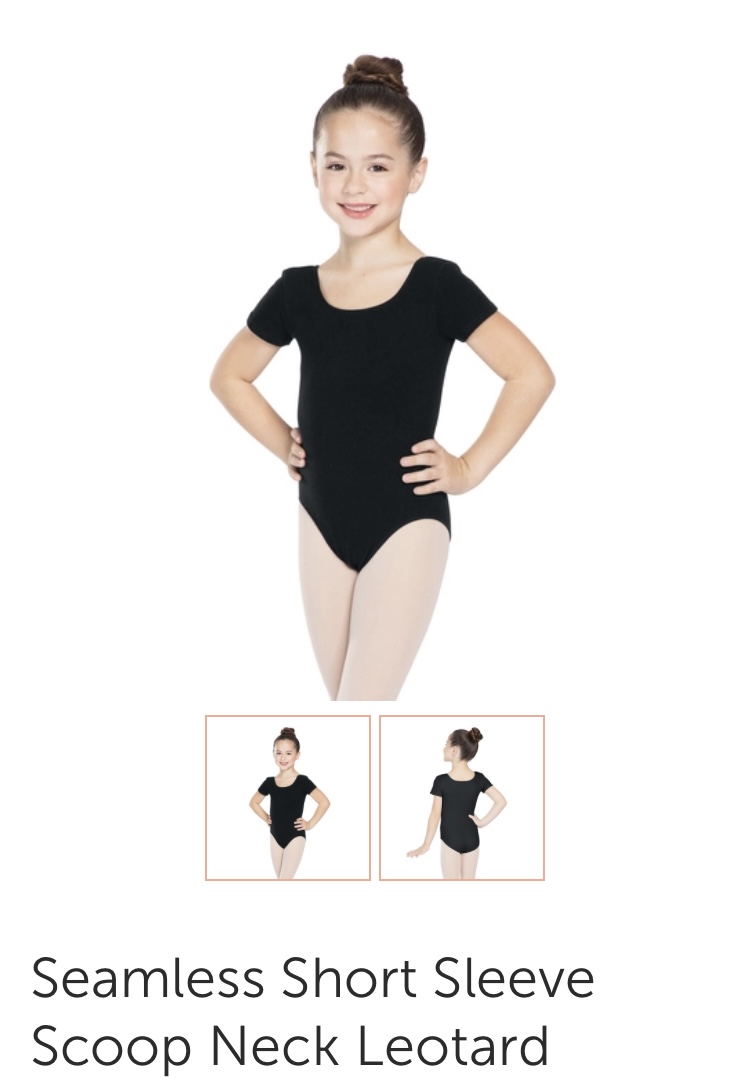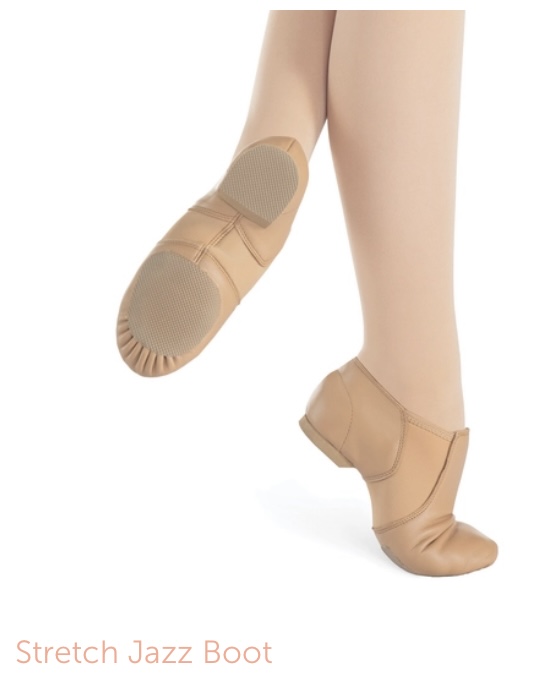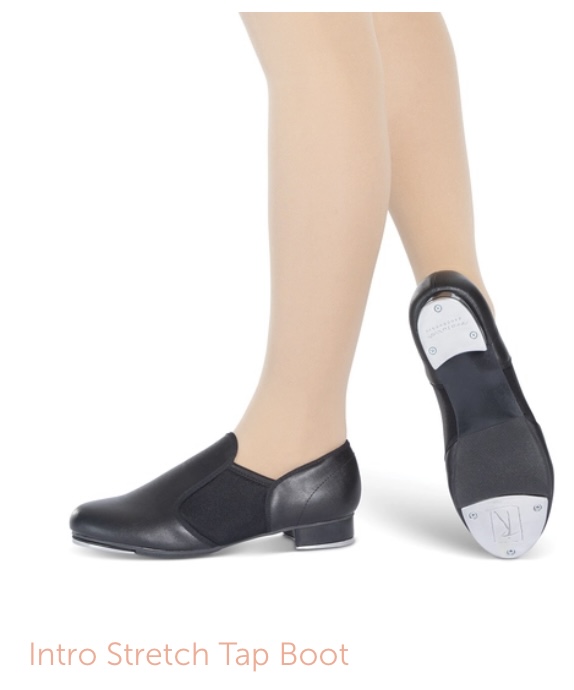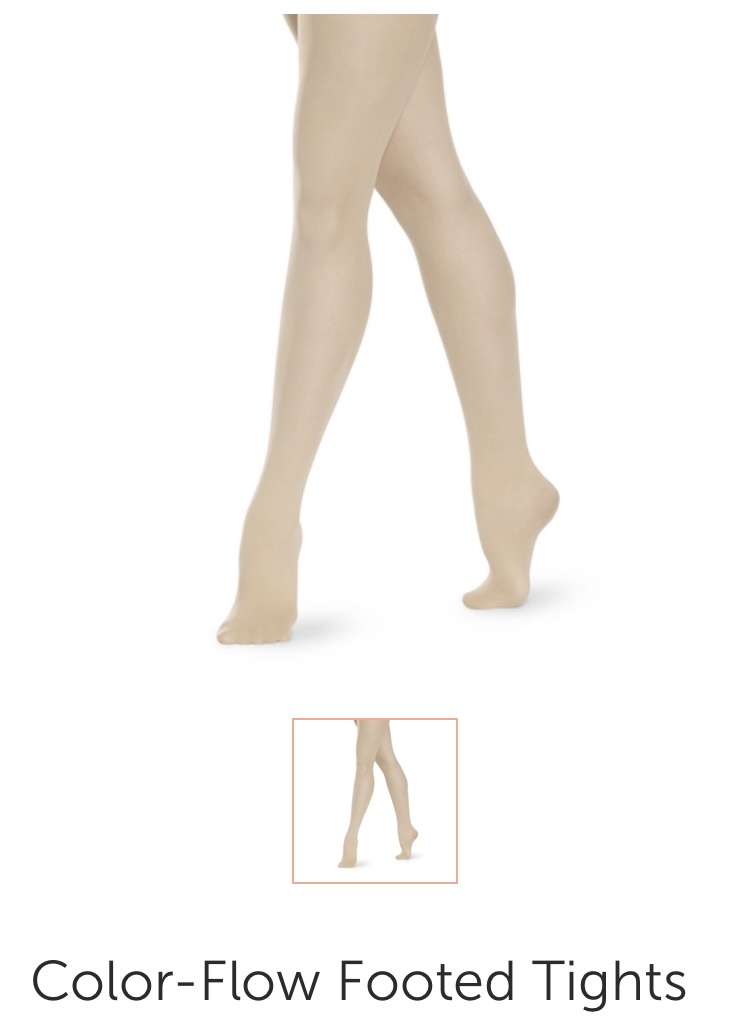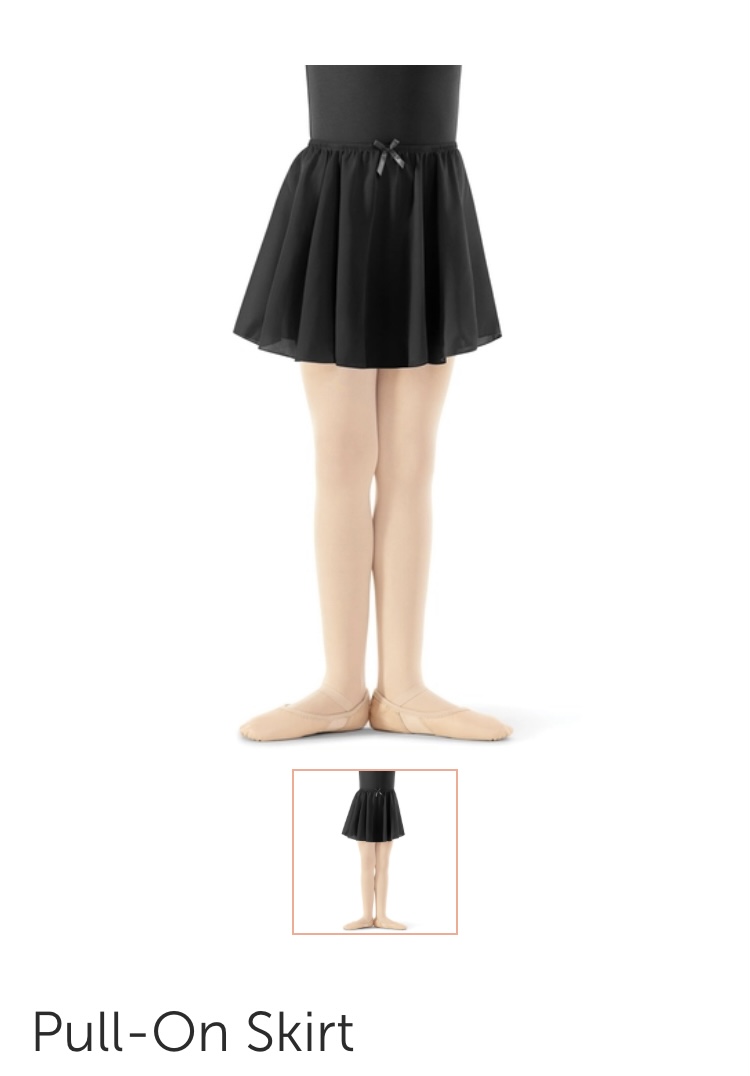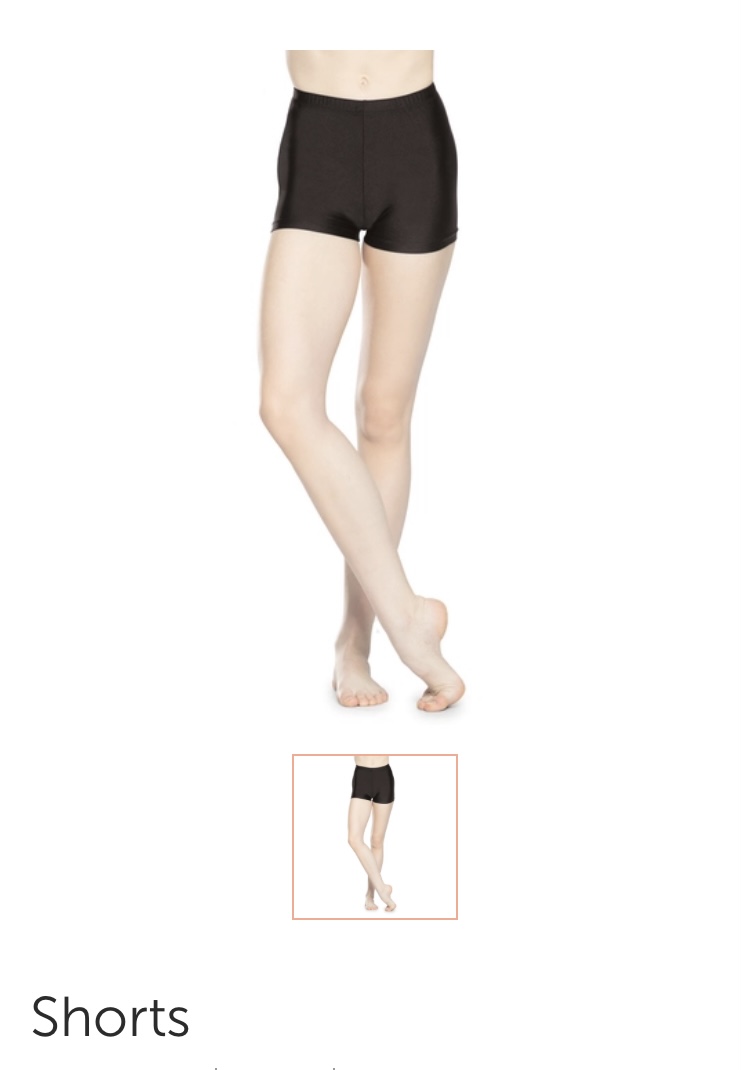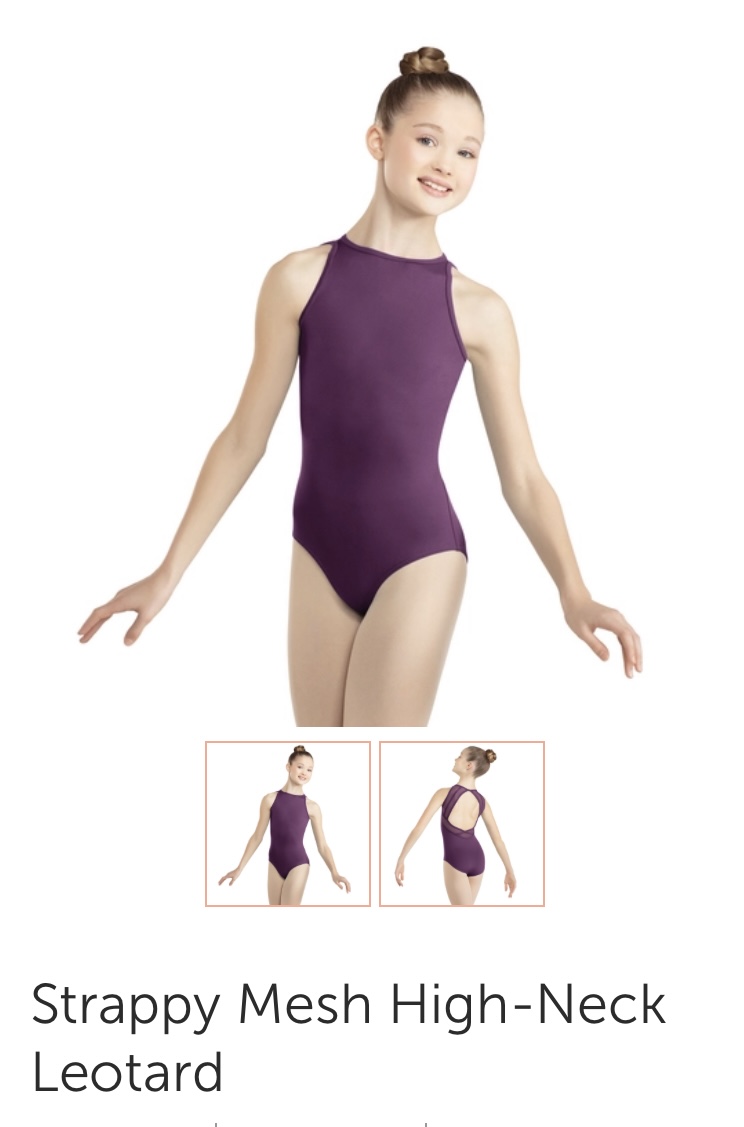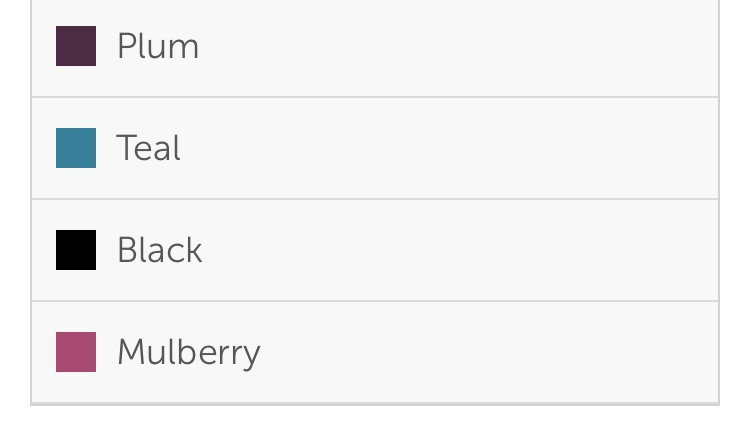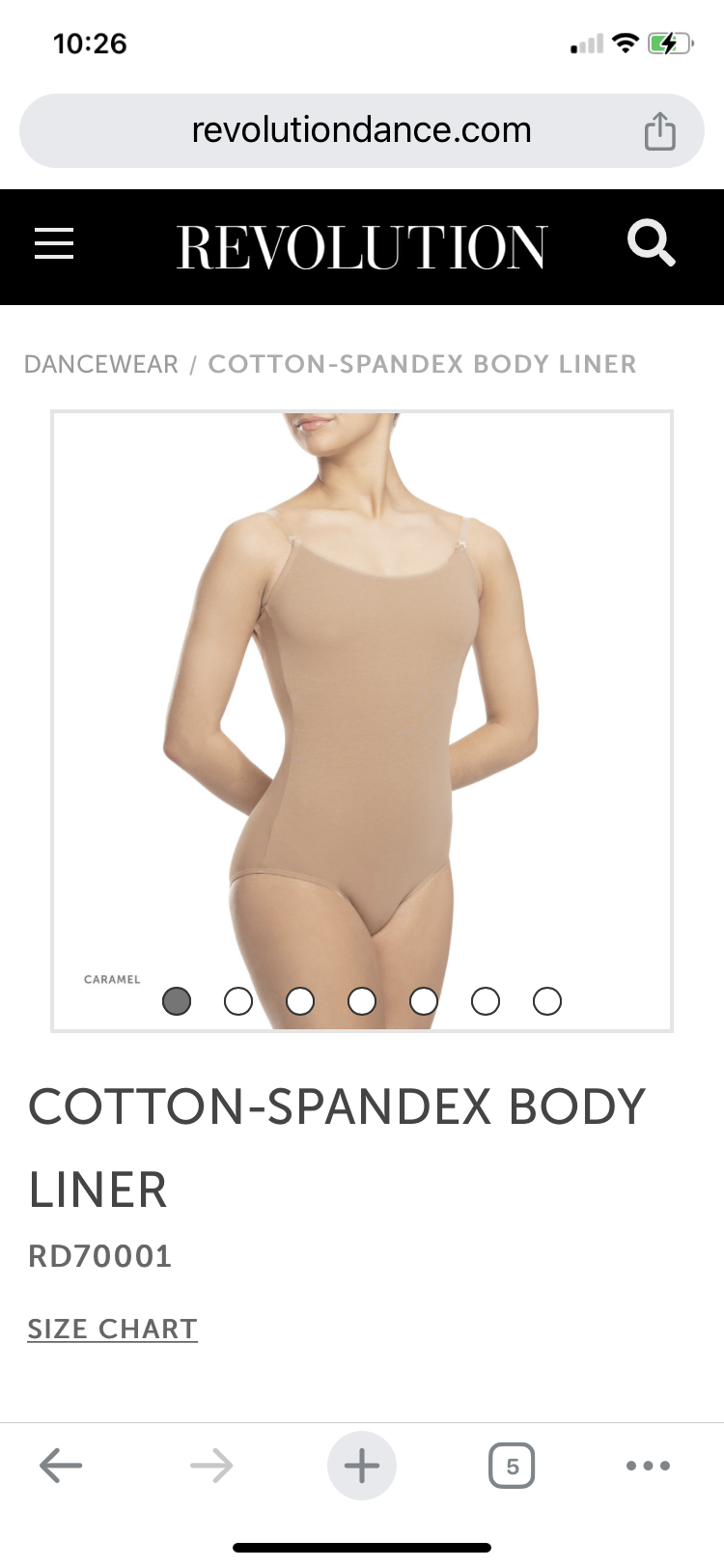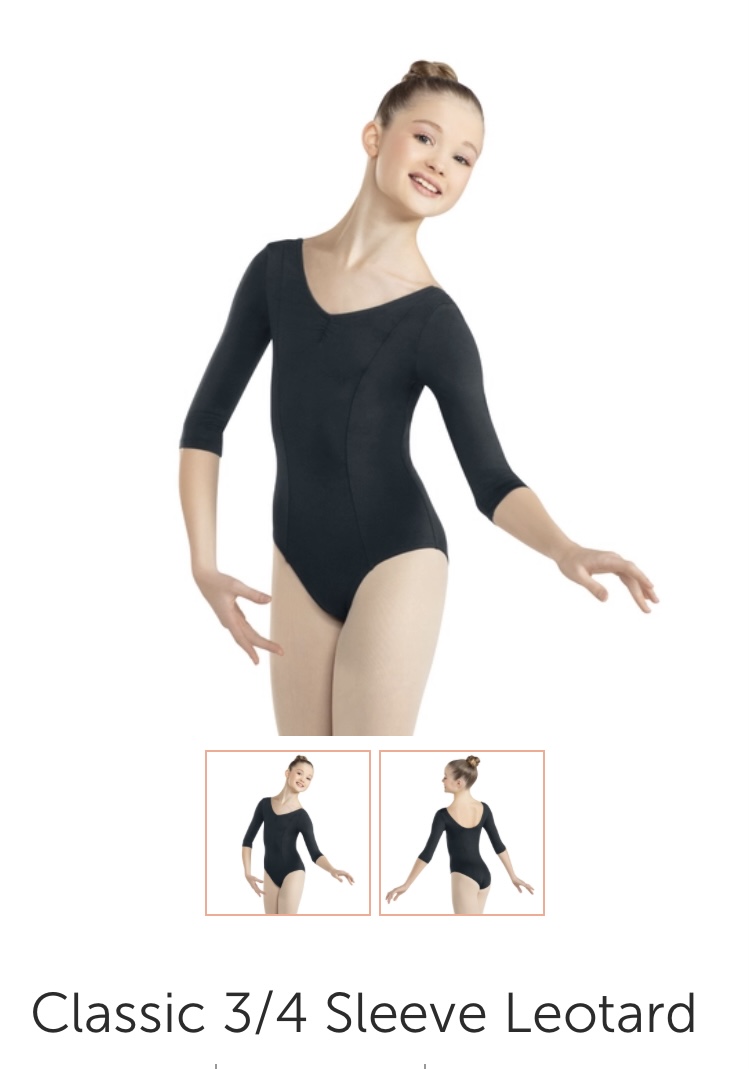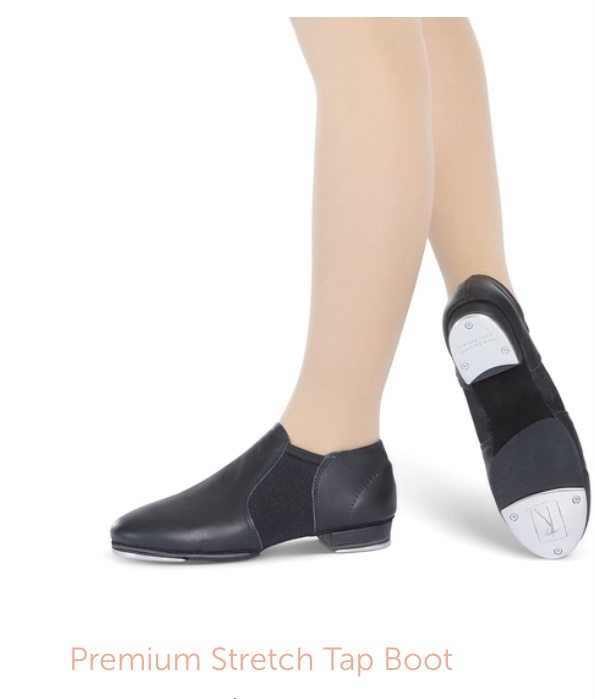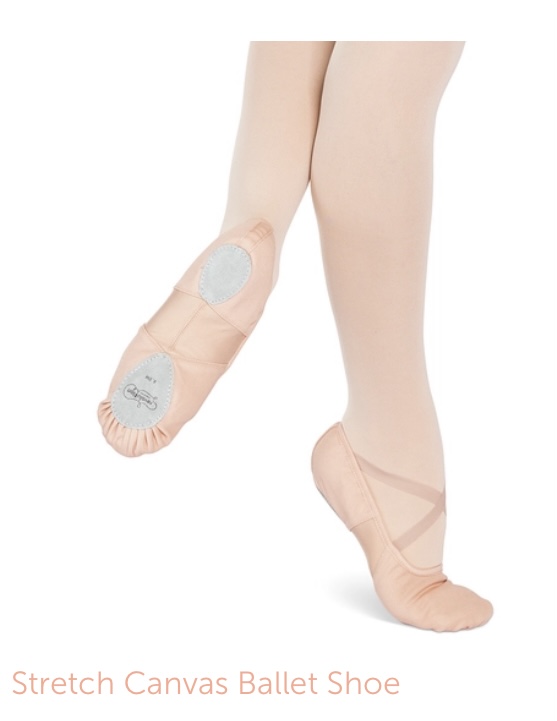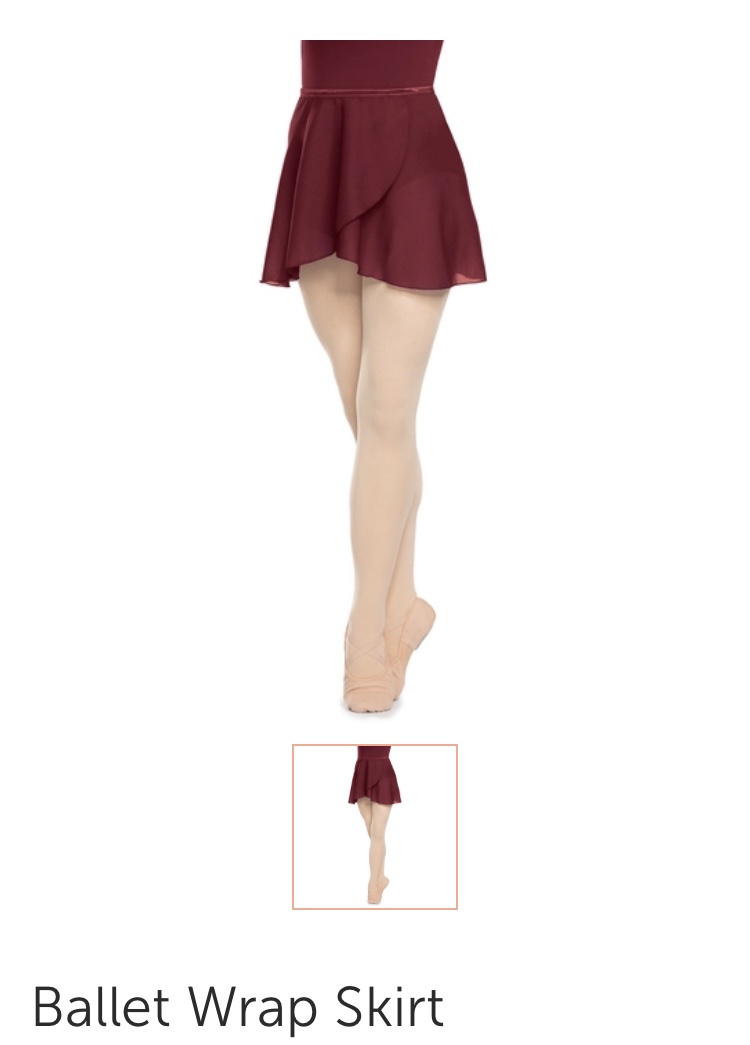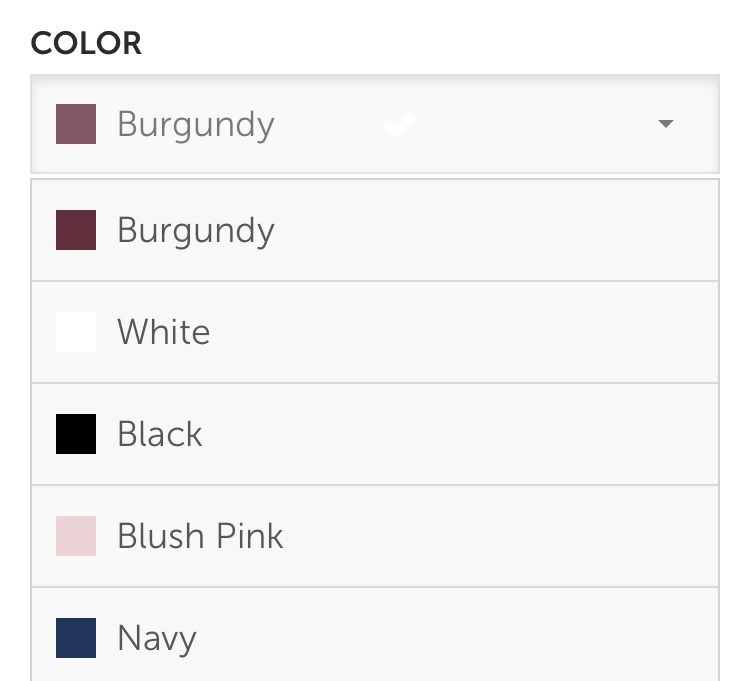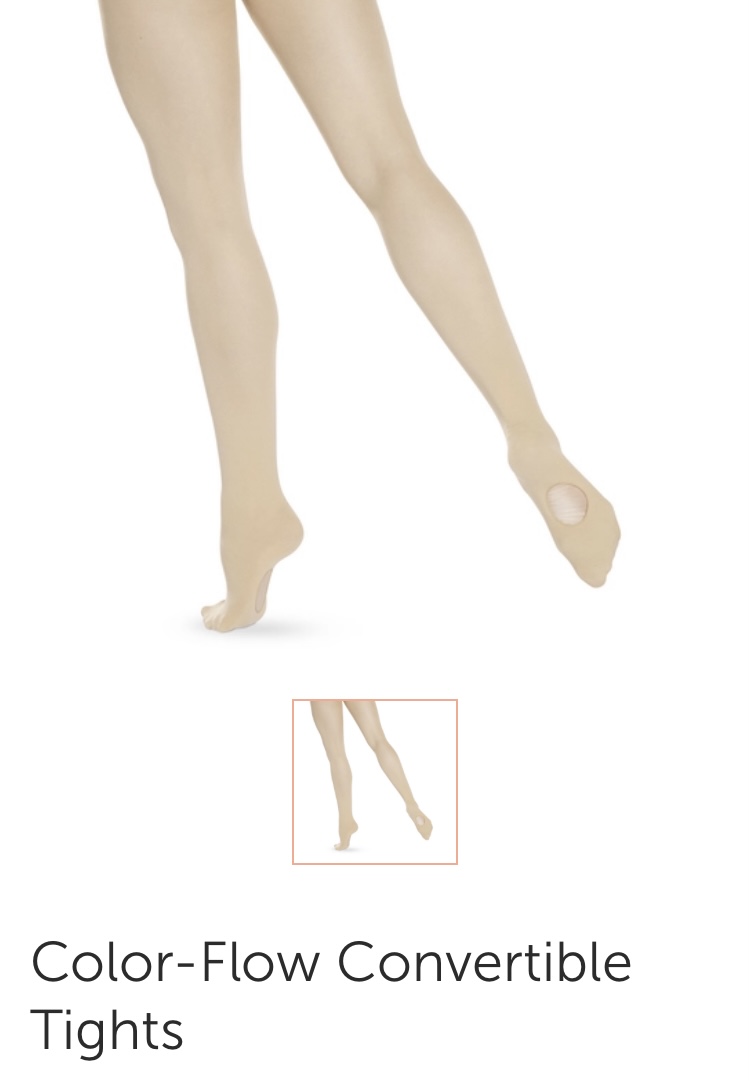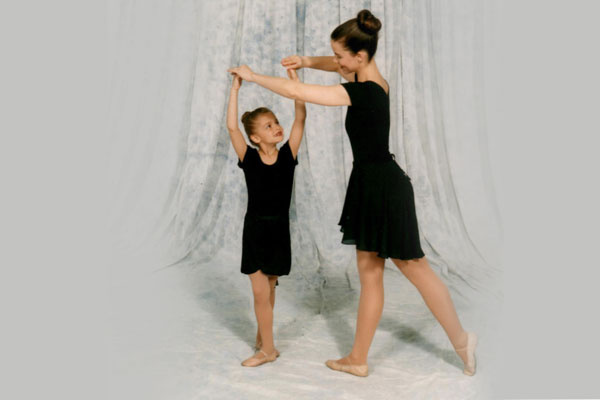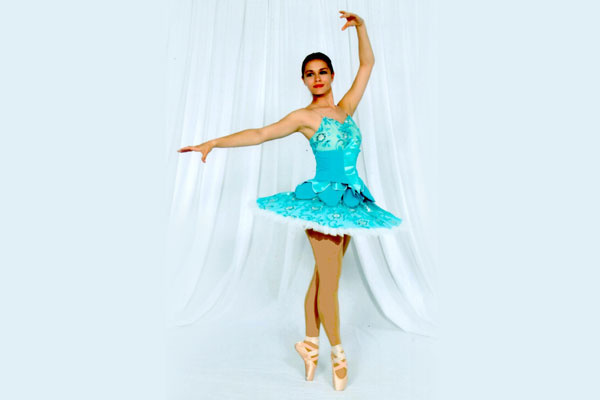Fun and Exciting Dance Lessons
Not sure which size to order for your dancer? Schedule a complimentary dance fitting by clicking the Book Online button below. Available slots between 3 - 5:30 p.m. Monday - Thursday.
Class List
For Prospective Pre-Pointe Students Ages 11 1/2 and Up
1. The student must have at least 2 years of training in ballet.
2. The student must be taking a minimum of 3 classes a week including ballet and pointe.
3. The student must have sufficient strength to do the following:
- Be able to hold their turnout while dancing.
- The most basic concept of ballet is turnout. It makes it possible to do certain steps that could not otherwise be done. Holding turnout while dancing is a good sign of strength. If the student does not have the strength to maintain their turnout, they are not strong enough for pointe, since it is much more difficult to hold turnout en pointe.
- Pointe work requires that the student use the muscles in her legs and feet to stand en pointe and not use the pointe shoes as a crutch. A weak back will throw the student off balance while en pointe and will make it difficult to do ballet steps. A straight back is also essential for pirouettes.
- Have a strong, straight back while dancing, especially the lower back.
- The most stable position for pointe work is to have the weight slightly forward over the big toe. If the weight is over the little toe, it is more difficult to stay up en pointe and will increase the chances of strain and injury.
- Keep the heels forward toward the big toe (no sickling).
- Students must use their pliés while dancing because this is how they get up en pointe. If they don't use their pliés, they will have to bend their leg incorrectly in order to get en pointe. Pliés should be done with the knees pointing straight over their toes and with the heels down.
- Use plié while dancing.
- Students must point their feet while dancing in order to strengthen the muscles that pointe-work requires. These muscles need to be strong enough to support their body weight on the ends of their toes. If the student is not in the habit of using these foot muscles, then they will not be able to support themselves en pointe and will probably knuckle over on their toes, thereby increasing their chances for injury.
- Point their feet while dancing.
- Students should have enough strength to push themselves onto half-pointe. This step is harder to do en pointe, and a bent leg is usually a sign of weakness or improper step preparation.
- Pique passé with straight leg.
- Strength for pointe work is achieved by repeating exercises. Relevés are excellent for building up calf muscle strength, which is vital for pointe work. This exercise is more difficult to do en pointe because of the extra height, so strong relevés on half-pointe is a good sign of strength. The student must also go up as high on half-pointe as she can, since pointe work demands this ability. A student who keeps her heels very low to the ground is not preparing her calf muscles adequately and will not have the strength for pointe work.
- Be able to do 16 relevés in the center without stopping.
- The student should be well placed (hips square, back straight, legs turned-out), and have the strength to balance on half-pointe. This pose is more difficult to correct en pointe, as the surface area for balancing is smaller and the strength requirements are greater.
- Be able to hold a passé balance on half-pointe.
4. The student must be well groomed, with her hair secured up in the back out of her face.
5. The student must be responsible enough to bring all the ballet equipment she will need to class. Pointe shoes require extra care and accessories.
6. The student must be in good health and able to take a whole class. If the student frequently needs to rest because of illness or injury, she is not strong enough for the extra demands that pointe work requires.
7. The student must pay attention in class and work well. Going en pointe is a big step and requires commitment on the part of the student.
8. The student must be of normal weight. A body mass index will be used as well as a waist/hip ratio. When the stomach and waist are much larger than the hips, this will add extra strain to the lower back, and we will not risk injury to the student by accepting them into the Pointe program.
9. The student must have enough of an arched instep to stand on pointe.


